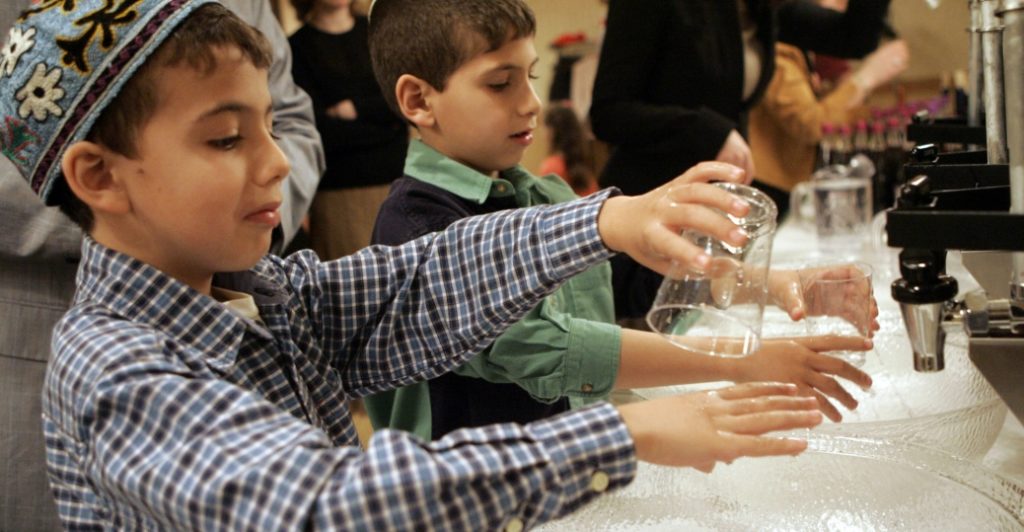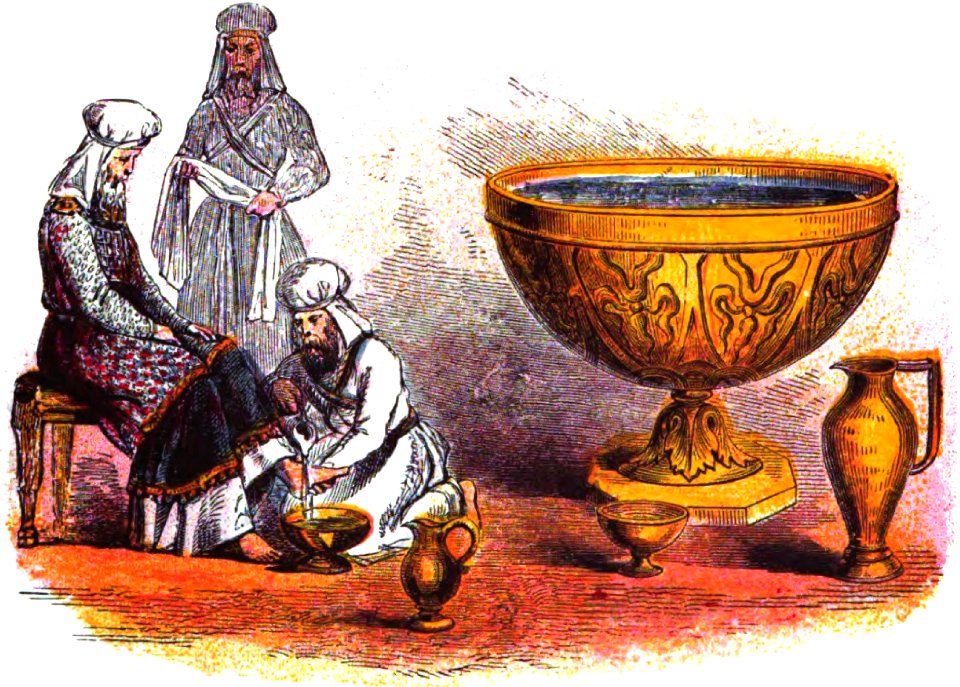Immersion is not, in the Roman Catholic Church, the only mode of baptism except when a water sourse suitable for immersion is avaliable. The Roman Catholic Church is unrelated to rhe Church Fathers in this regard.
False, I posted a video of a Catholic immersion baptism.
The elements are considered to actually become flesh and blood. The Roman Catholic Church is unrelated to rhe Early Church in this regard.
The Body and Blood is confirmed in Scripture by Jesus own words.
And the Fathers testify to it.
“They abstain from the Eucharist and from prayer, because they confess not the Eucharist to be the flesh of our Saviour Jesus Christ, which suffered for our sins, and which the Father, of His goodness, raised up again.” Ignatius of Antioch, Epistle to Smyrnaeans, 7,1 (c. A.D. 110).
“For not as common bread and common drink do we receive these; but in like manner as Jesus Christ our Saviour, having been made flesh and blood for our salvation, so likewise have we been taught that the food which is blessed by the prayer of His word, and from which our blood and flesh by transmutation are nourished, is the flesh and blood of that Jesus who was made flesh.” Justin Martyr, First Apology, 66 (c. A.D. 110-165).
“[T]he bread over which thanks have been given is the body of the Lord, and the cup His blood…” Irenaeus, Against Heresies, IV:18,4 (c. A.D. 200).
The Roman Catholic Church doctrine of Atonement would be a heresy in the Early Church and to the Church Fathers.
The Catholic doctrine on Atonement was handed down from the Fathers.
The Roman Catholic Church teaches the Immaculate Conception, a doctrine foreign to the Apostles, the Early Church and the Church Fathers.
“This Virgin Mother of the Only-begotten of God, is called Mary, worthy of God, immaculate of the immaculate, one of the one.” Origen, Homily 1(A.D. 244).
“Let woman praise Her, the pure Mary.” Ephraim, Hymns on the Nativity, 15:23 (A.D. 370).
“Thou alone and thy Mother are in all things fair, there is no flaw in thee and no stain in thy Mother.” Ephraem, Nisibene Hymns, 27:8 (A.D. 370).
“O noble Virgin, truly you are greater than any other greatness. For who is your equal in greatness, O dwelling place of God the Word? To whom among all creatures shall I compare you, O Virgin? You are greater than them all O Covenant, clothed with purity instead of gold! You are the Ark in which is found the golden vessel containing the true manna, that is, the flesh in which divinity resides.” Athanasius, Homily of the Papyrus of Turin, 71:216 (ante AD 373).
“Mary, a Virgin not only undefiled but a Virgin whom grace has made inviolate, free of every stain of sin.” Ambrose, Sermon 22:30 (A.D. 388).
“We must except the Holy Virgin Mary, concerning whom I wish to raise no question when it touches the subject of sins, out of honour to the Lord; for from Him we know what abundance of grace for overcoming sin in every particular was conferred upon her who had the merit to conceive and bear Him who undoubtedly had no sin.” Augustine, Nature and Grace,4 2[36] (A.D.415).
“As he formed her without any stain of her own, so He proceeded from her contracting no stain.” Proclus of Constantinople, Homily 1 (ante A.D. 446).
The Roman Catholic Church teaches that Mary and Saints can be a mediators, an idea that would be a heresy in the Early Church, and to the Church Fathers.
We are all mediators when we pray for others. But Christ’s mediatorship is the only one that opened the way between God and man for salvation.
The Roman Catholic use of relics would be considered pagan to the Apostalic Church, the Early Church, and the Church Fathers (it is actually pagan in origin).
No it’s scriptural even.
Acts 19:11-12 Paul’s handkerchiefs healed the sick and those with unclean spirits. This is an example of physical things effecting physical and spiritual cures, conveying God’s power. We call this a second class relic.
2 Kings 13:21 Elisha’s bones bring a man back to life. The remains of Holy people can convey God’s power. This is a first class relic.



